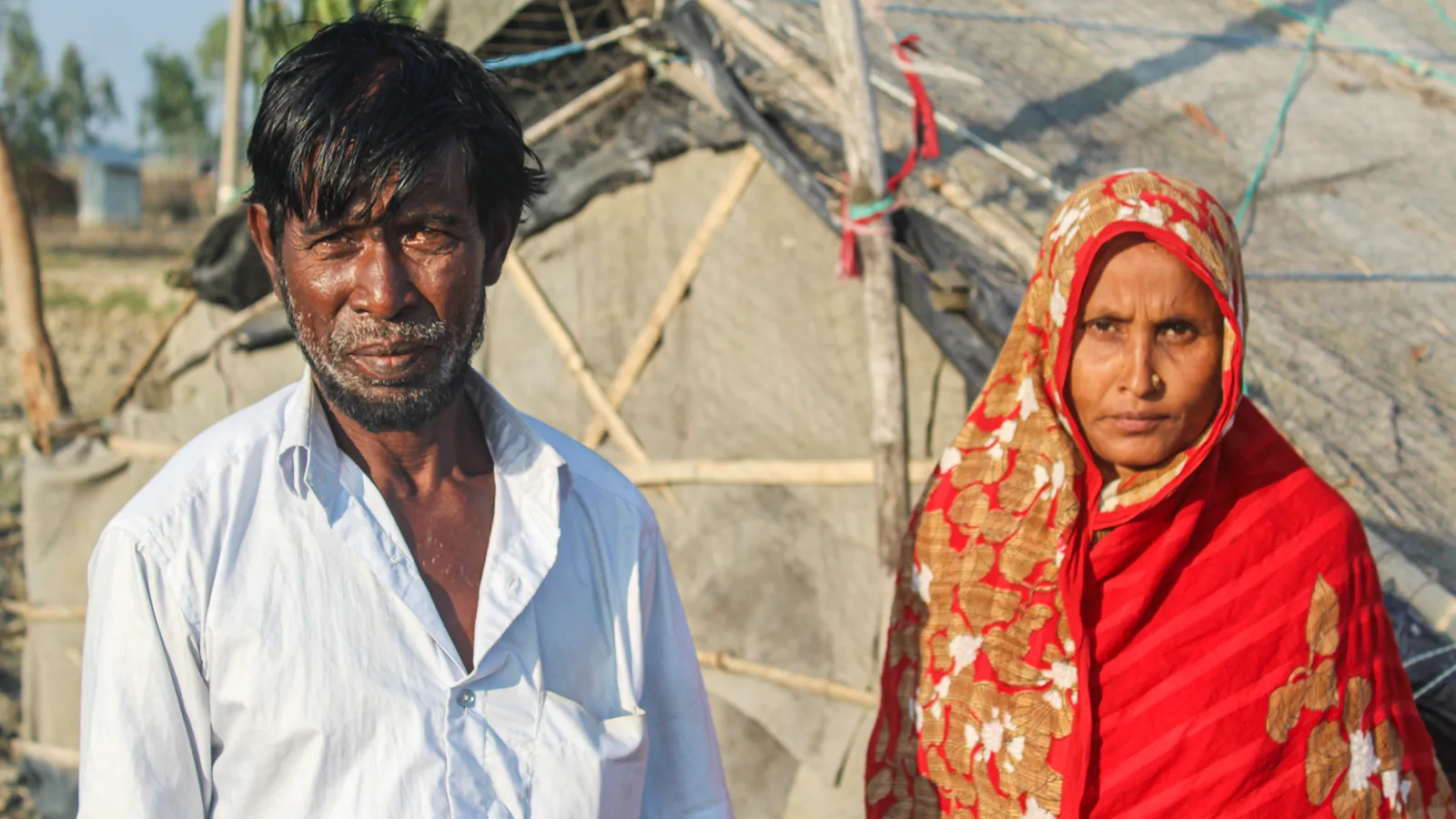How Bangladesh is supporting climate refugees.

How Bangladesh is supporting climate refugees.
Bangladesh is one of the world’s most vulnerable countries to climate change. It is possible to make a big difference with small steps, such as building resilient homes and providing job opportunities.
Following the 1991 disaster, Alam and his wife Rahima Begum were forced to migrate to Banshkhali, a region in Chittagong, in the southeastern district of Bangladesh, following frequent cyclones. It was impossible for the couple to escape natural disasters even here.
Between 1998 and 2020, their thatched cottage, made of bamboo sticks and plastic sheets, collapsed six times after cyclones hit the porous pavement of Banshkhali Beribundh, an embankment built to protect crops from flooding. Alam and his wife had to borrow money to rebuild their home. As a result of each disaster, their children experienced the trauma of displacement and were left without permanent sanitation facilities and clean drinking water.
However, by 2021, their situation had dramatically improved. With the help of a regional non-profit called Young Power in Social Action (YPSA), the family moved into a semi-pucca, a house with brick walls and a tin roof that is more resistant to extreme weather than a thatched house. The 55-year-old Alam can’t express how important this house is to the safety of his family. Previously, they lived like poultry.
Bangladesh is one of the most vulnerable countries to climate change due to frequent natural disasters such as cyclones, floods, and storm surges, as well as drought, bank erosion, and deadly heatwaves. Approximately 13.3 million Bangladeshis will be displaced by climate change by 2050, according to the government.
People living along the country’s coastal region, which stretches for 441 miles (710 km), have been particularly impacted, with 2,000 moving to the capital every day.
